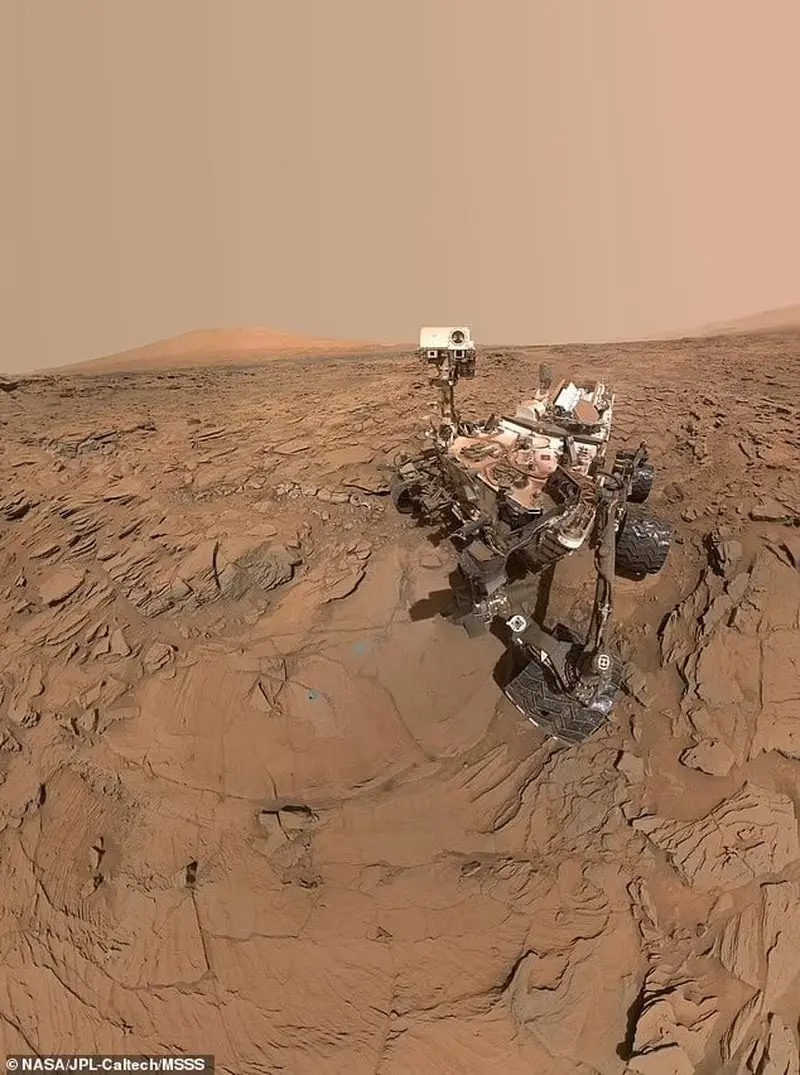For centuries, humanity has been obsessed with the idea of life on other planets. A new breakthrough in detection aliens A team of researchers from George Mason University (Virginia, USA) has developed a new artificial intelligence algorithm that can detect extraterrestrial life with 90 percent accuracy. According to the scientists, this represents significant progress in humanity’s ability to find life within the Solar System and beyond.
About what informed researchers
During extensive studies of space, scientists have discovered many components necessary for life within its vastness. In particular, amino acids and nucleotides, which are needed for the creation of DNA. However, it was not definitively known whether they are signs of life or merely abiotic elements, such as gases and chemicals.
Now, a team of researchers has developed an artificial intelligence model that can determine whether a sample is biotic or abiotic. The accuracy of the identification is 90 percent, the publication reported. Daily Mail To create such a model artificial intelligence scientists analyzed 134 different samples of living cells, fossil fuels, meteorites, and organic compounds. The analysis included breaking down the samples into their components and identifying subtle differences between molecular structures and masses.
Dr. Robert Hazen, the lead author of the study, believes that the results of the team’s work mark a significant advancement in humanity’s ability to recognize biochemical signatures of life beyond Earth.
According to the scientist, the model AI opens the way for the use of intelligent sensors on unmanned spacecraft to search for signs of life.

“These results mean that we will be able to find life forms from another planet, from another biosphere, even if they are very different from life on Earth,” noted Dr. Hazen. And if scientists do indeed find signs of life elsewhere, they will be able to determine whether life on Earth and other planets has the same or different origins.
Currently, the team intends to use this artificial intelligence model to test samples collected by the Curiosity rover on the Red Planet. The new AI model may also help scientists decipher the history of the mysterious ancient stones on Earth and determine when life first emerged on our planet.
The research results were published in the journal Proceedings of the National Academy of Sciences.
